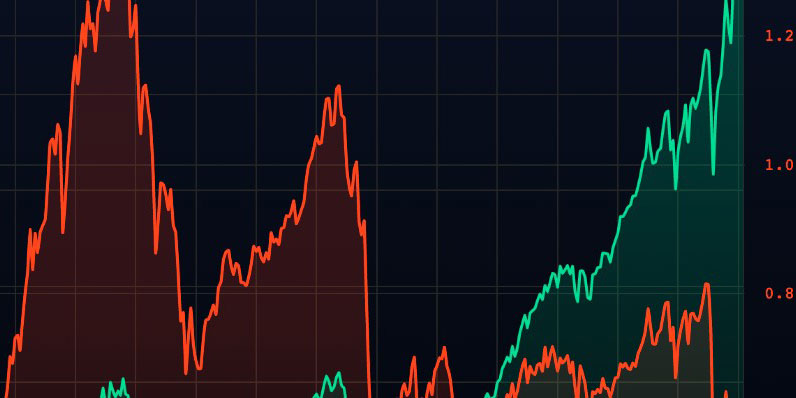The goal of actively managed retirement income funds is to provide consistent retirement income. They offer greater flexibility (but fewer guarantees) than annuities and provide an excellent, all-inclusive investment management solution.
Every fund oversees a portfolio of other funds, shifting the allocation as needed to achieve each fund's stated goals. You can expect your investment income and asset values to vary since none of the funds offer guarantees.
The Managed Payout Funds from Vanguard
Vanguard previously offered three funds with the dual objectives of maintaining or increasing your initial investment. However, in January 2014, these products were combined into a single fund with an annual distribution rate target of 4%. The ticker for this fund is VPGDX.
The payment rate is probably set at 4%, which makes sense if you know the 4% rule, which states their invested assets each year in retirement and reasonably expects their money to last 30 years.
The fund uses a "fund of funds" model for its investments, dividing your money across multiple other Vanguard stock and bond funds, with the allocation changing as the fund manager sees fit. To reach its intended distribution amount, the fund may, if required, take a principal reduction.
Vanguard fundamentals supervised payment fund
$25k is the minimal investment.
The ratio of expenses:38%
No surrender fees or front-end sales charges
The targeted payout rate is 4% annually, paid out every month, or $315 to $330 for every $100,000 invested.
The website of Vanguard has a calculator that will display your predicted income based on the amount you invest.
Income Replacement Funds from Fidelity
A variety of Retirement Income Funds Replacement FundsSM from Fidelity are intended to provide monthly income by disbursing principal and earnings over a predetermined period, much like an annuity. One good aspect is that, unlike an annuity, you can withdraw your investment at any time, and the monthly income is meant to increase in line with inflation.
By gradually liquidating your investment, the funds attain their goal of paying out your whole balance by the time they reach their target date. You can choose a fund that will have paid out 100% of your credit by a particular year, such as 2020, 2030, or 2042, depending on how long you want your money to last.
You'll get less money each month the longer the time frame you choose. Each fund's investment mix will gradually alter over time, turning more conservative as the fund's end date approaches.
An introduction to the Income Replacement Funds
$25k is the minimal investment.
Ratios of expenses:.50% to.70%
No surrender fees or front-end sales charges
The 2020 fund may pay out as much as 16% per year, while the 2041 fund may pay out only 4% annually. Payout rates will vary. See the Fidelity website for information on the funds and their current distribution schedules.
Monthly Income Funds from Schwab
Each of the three funds in Charles Schwab's Monthly Retirement Income Funds series only requires a minimum investment of $100, even though that amount won't provide much monthly income. The funds do not contain sales charges or 12b1 fees and have appropriate expense ratios ranging from—47 to.66%.
Depending on the fund and the climate for interest rates at the time, the funds' respective planned payment amounts range from 1 to 8%. "Moderate Payout," "Enhanced Payout," and "Maximum Payout" are the names of the funds. Equities may make up as much as 60% of the Moderate Payout fund and 25% of the Maximum Payout fund.
The Monthly Income Funds' Fundamentals
Investment requirement: $100
Ratios of expenses:47% to.66%
No surrender fees or front-end sales charges
payouts of 3% or less for the Moderate Payout fund, 4% or less for the Enhanced Payout Fund, and 5% or less for the Maximum Payout fund in the current low-interest rate environment.
The Retirement Living Funds of John Hancock
Each Retirement Living fund offered by John Hancock is designed to manage investments for retirement in a specific year. Up to the target retirement year, the fund's objective is to maximize returns; beyond that year, the objective changes to providing higher current income.
The funds achieve this by employing the "fund of funds" idea, in which your money is divided among multiple different stock and bond funds, with the distribution changing as the fund manager sees fit.
Retirement Living Funds: The Basics
The goal dates for each investment in their Retirement Living Series range from 2010 to 2060. For Class A, B, and C shares, most funds have a $1,000 minimum initial investment requirement. Certain share classes issued through a group retirement plan might not have a minimum requirement.






